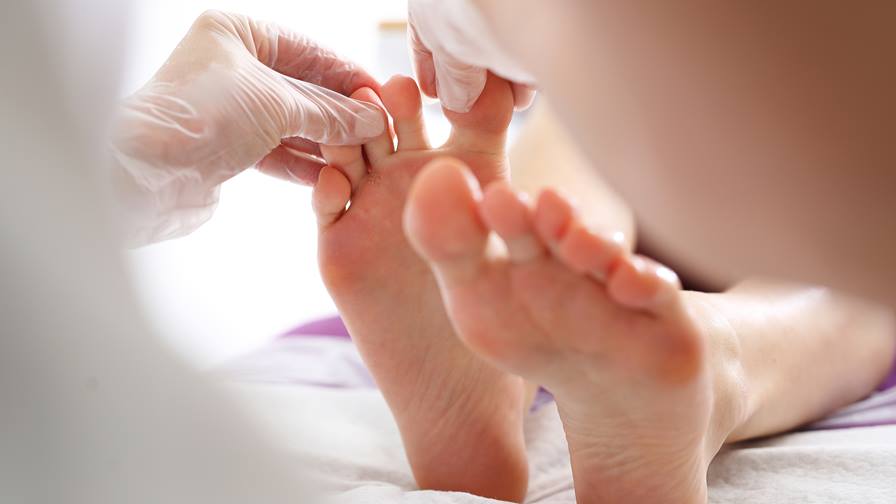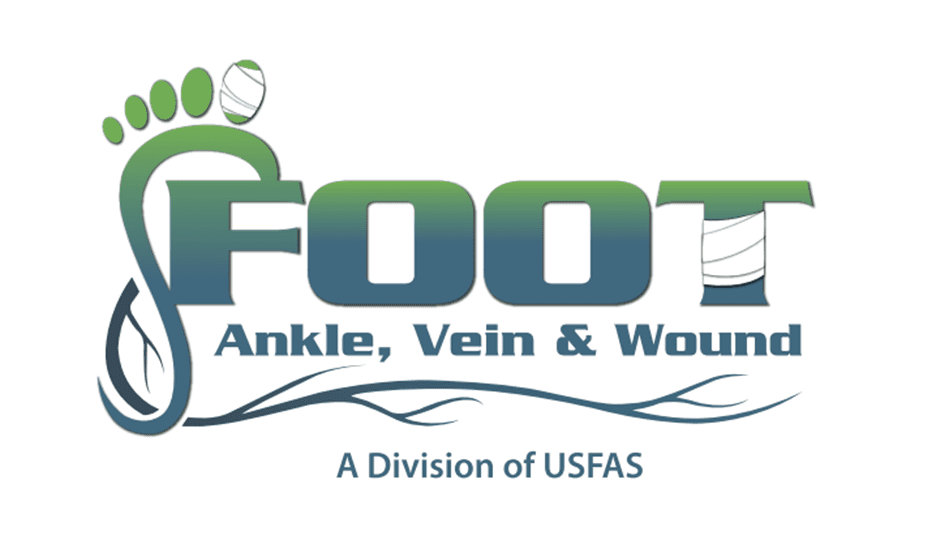
When diagnosed—whether self or otherwise—with an ingrown toenail, you’ll have a quite painful on an otherwise seemingly unnoticeable part of your body. You need to find ways to prevent ingrown toenails. This condition might make a simple task like walking in shoes even more difficult than you may think.
When left untreated, this condition can cause pain, irritation, and even infection. Since the repercussions of an ingrown nail can lead to a break in the skin, this means that there’s an open door for bacteria to invade, turning a seemingly harmless ingrown nail into an angry, swollen, and heated problem.
Sound painful?
Before learning how to prevent this from occurring, it’s important to first become informed of the various causes that might bring about this to prevent ingrown toenails.
Let’s take a look at the causes:
- You might be wearing the wrong shoe size. If you’re in an occupation or find yourself wearing close-toed shoes most of the day, then the chance that this can have a negative impact on your toenails (of all things).
A smaller shoe size which are tighter on your toes can create that perfect setup for an ingrown toenail. Most athletes who have ingrown nails might be wearing the right shoe size for everyday apparel but might be wearing the wrong size for their sport—especially with all that extra and specified movement.
- You might be trimming your toenails all wrong. Didn’t know that you could do that wrong? Well, actually although you might think you’re keeping on top of your hygiene practices, the fact is—you might be cutting your nails way too short. Another issue could be that you’re cutting the edges in an improper way.
On another note—if you’re even getting your toenails trimmed professionally through a pedicure service, inexperienced workers might even be doing it wrong and cause that ingrown toenail to happen.
- Perhaps it runs in your family. Unfortunately, the chance that you’re getting ingrown toenails more frequently than those around you might increase based on your genes.
Some people have more of a tendency to develop ingrown toenails than others. If your parents are some of those people—you might also have an increased chance.
- Have you stubbed your toe lately? Some sort of trauma—no matter how big or small to your toe or feet—meaning even just repeatedly putting pressure on your toes in a recreational activity can cause an ingrown toenail.
- Lastly, you might be predisposed to getting an ingrown toenail if you medically have poor circulation. If you have a pre-existing condition like diabetes, heart disease, etc., this can lead to poor circulation and swelling in your feet, which makes you more susceptible to getting an ingrown toenail.
How to Prevent Ingrown Toenails
Now that you know how you an ingrown toenail may possibly come about, we can work on preventing it from happening in the first place.
These quick tips can help you prevent an ingrown toenail from happening:
- Get your feet properly sized before buying shoes. If you want to simply start fresh and buy new shoes, make sure that you get your feet sized by a specialist before you invest in a new pair—especially if they’re for sport activities.
You should also make sure you’re wearing properly-sized socks, as well! They can be quite tight if they’re the wrong size and lead to ingrown nails.
- Pay careful attention when cutting your toenails. Not only should you avoid cutting your toenails too short, you should also cut evenly at the corners. This can help prevent the possibility of your nails growing at an angle out to the sides.
Simply having the proper nail clipper—those which are designed for toenails instead of fingernails, can also make a huge difference.
Paying close attention to the hygiene of your toes, toenails, and feet is also highly beneficial when trying to prevent ingrown toenails.
- Don’t underestimate the power of going barefoot. If you play in sports or recreational activities where you’re feet are smashed into shoes for hours at a time while running around causing all kinds of trauma, you’ll want to give them a breather afterward.
Treating Ingrown Nails
If you’ve done all you can and still find yourself with an ingrown toenail, knowing how to treat them can help alleviate some of the pain and irritation.
To help you treat an ingrown nail, there are some home remedies that you can try before heading to your podiatrist:
First, try soaking it in some warm water—you can even add Epsom salt for a cleansing. After properly soaking for 15-20 minutes, you should dry thoroughly and apply an over-the-counter ointment.
If that doesn’t work, you might be able to even remove the nail yourself.
After soaking your feet in warm water, your skin becomes softer and more pliable to remove the nail. This soak also helps get that inflammation down so you’re able to work with the skin. If you’re going to go this route, make sure that your nail-cutting tools are clean—preferably new—to help you avoid infection at all cost.
If these home remedies are not seeming to get the job done, you want to consider visiting your doctor or a professional podiatrist.
If it’s infected and out of your hands, your doctor may consider removal of the infected toenail as a necessary procedure.
For this minor procedure, your doctor will use a local anesthetic to numb the area before removing the nail.
The removal of the nail not only will help put you out of misery and the pain you’ve been suffering, it can also help reduce inflammation and take out the infection.
Toenail Tip:
It’s extremely important that you never ignore an infected ingrown nail. Whether you already suffer from medical complications associated with blood flow or not, a lasting infection can lead to so many different health issues.

